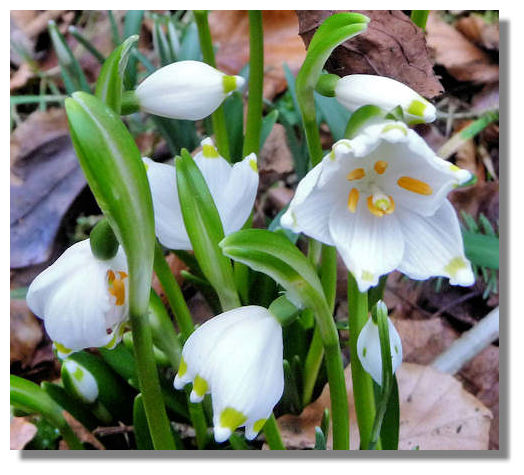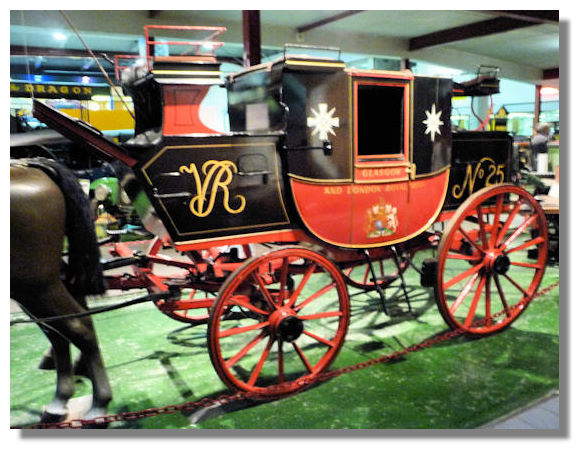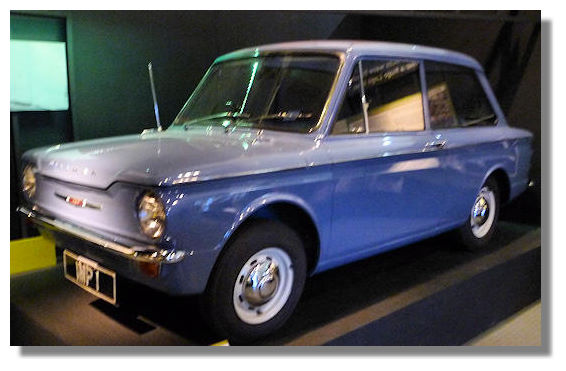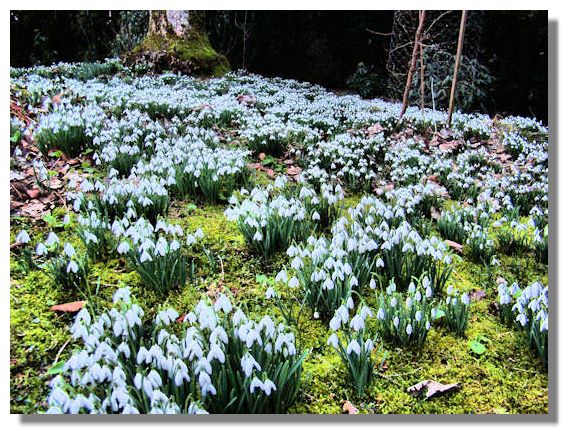The Rampant Scotland Newsletter includes a number of photographs which illustrate the weather and the seasons, plus the flora and fauna of the current week around Scotland. This separate "colour supplement" displays some more pictures, in a larger format. Here is this week's crop of Scottish views!
Even though the temperatures have not yet risen to their average values for this time of year, Spring flowers are still managing to burst out of the ground. This is Leucojum, also known as Summer Snowflake or Loddon Lily. They are easily mistaken for snowdrops, but the extra green and yellow markings distinguish them - they are also taller and produce larger flowers than snowdrops. They are native to southern Europe, from the Pyrenées to Romania and western Russia, but they have been introduced and have naturalised in many gardens in Scotland and can also be found on the east coast of North America.
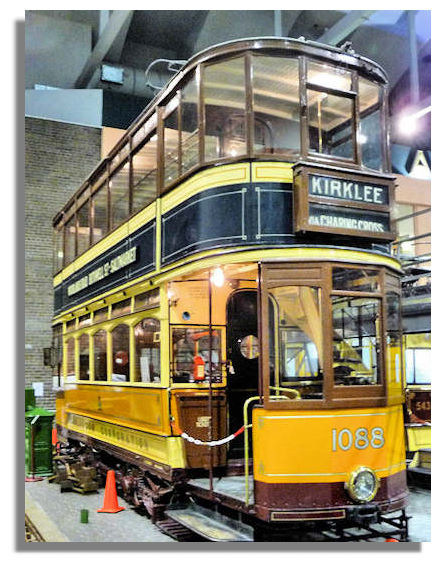
Visitor numbers to many museums and art galleries in Scotland went up last year - poor weather always produces an increase in interest in indoor attractions! The Transport Museum in Glasgow had nearly half a million visitors last year, making it the third most visited attraction in the city. The museum has a fine collection of tram cars (known locally as "Shooglies" from the way they swayed along the tracks) This elderly example had an open area at the front, where the driver had little protection from any cold weather.
The many business people in Scotland who take the early morning flight to a meeting in London and return home the same day don't really appreciate that it wasn't that long ago that the fastest transport from Glasgow to London was by horse-drawn coach such as this example in the Transport Museum.
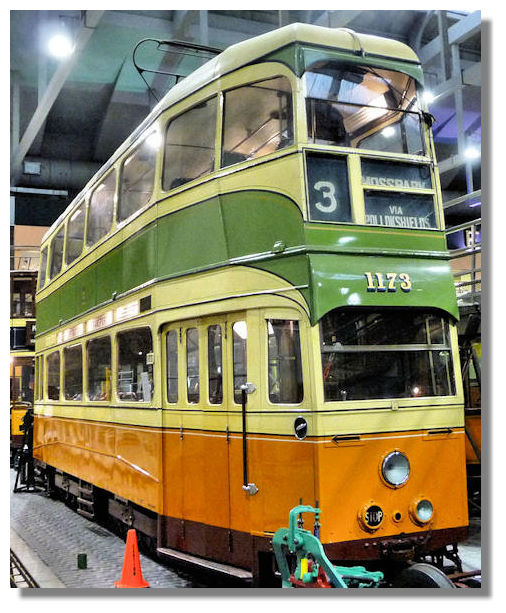
In the mid-1930s, the design of tram cars in Glasgow took a major leap forward when the "Coronation Tram" went into service in 1937, the year of King George VI's coronation. It had an enclosed cab for the driver who also had a seat for the first time.
The tradition of car making in Scotland began before the end of the 19th century, but companies were mainly only able to produce on a small scale. That changed in the 1960s when the government (full of ideas about how they should dictate to commerce and industry about how to manage their businesses) persuaded Rootes to build in the unemployment black spot of the West of Scotland. Thus the factory in Linwood near Paisley and 14 miles west of Glasgow (across the road from a pressed-steel plant and not too far from the steel manufacturing plant at Ravenscraig in Lanarkshire) came into being. In the aftermath of the Suez crisis in 1956, European car manufacturers rushed to create small cars which used less fuel and the new plant developed such a new car with a number of unique features - an aluminium alloy engine, positioned at the rear and angled at 45 degrees instead of vertically. The Duke of Edinburgh officially opened the plant in October 1963 when he drove the first production Hillman Imp with the registration "IMP1" - the car is now in the Transport Museum in Glasgow. The car was launched with too few cars in the showrooms and as production was rapidly expanded, quality control suffered and the car began to develop a reputation for unreliability. Production was also being disrupted by a spate of industrial disputes - there were 31 stoppages in 1964 and only 50,000 cars were produced that year in a factory capable of manufacturing 150,000 units. In total, 440,013 cars were built by the time the last car rolled off the production line in March 1976. Car production continued at Linwood on other models - the aged Hillman Hunter and Avenger models. Losses by Rootes resulted in it being taken over by the US Chrysler company but cost cutting just led to a further deterioration in quality. In May 1981 the entire manufacturing complex was closed,
This mass of snowdrops was photographed in the grounds of Braco Castle in Perthshire. Originally a 16th century tower house owned by the Graham Earls of Montrose, Braco was extended in the 17th, 18th and 19th centuries.If you want to look back at earlier editions of this Colour Supplement, there is an Index Page
